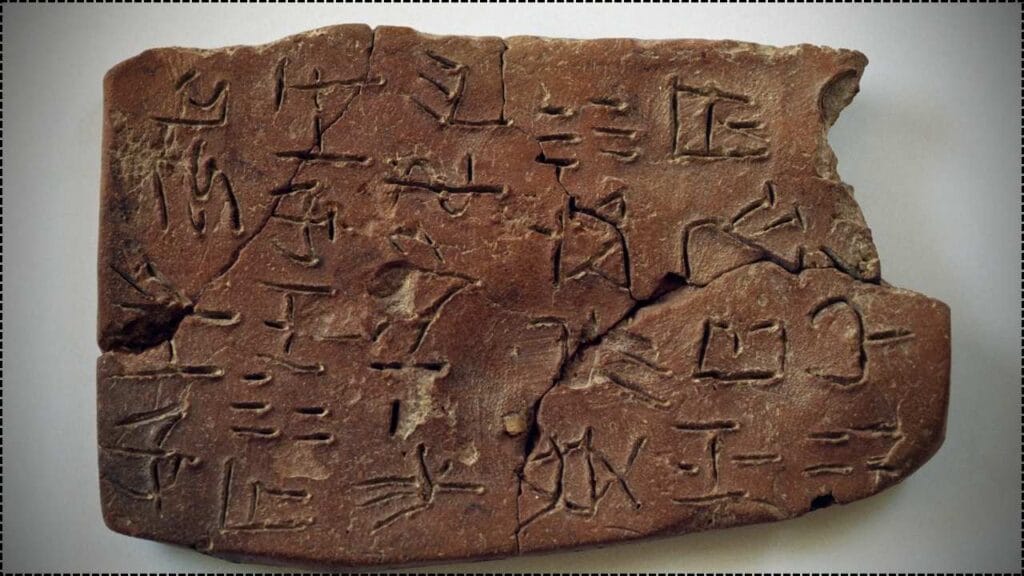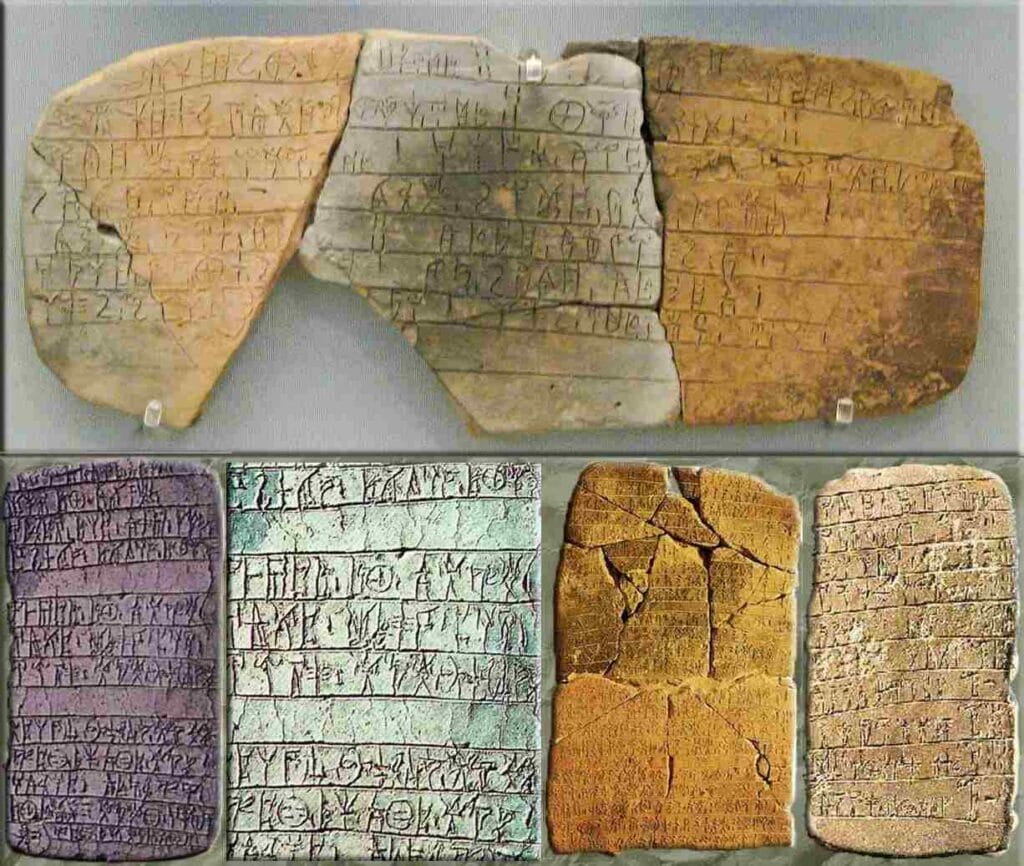A Discovery 3,000 Years in the Making—Could These Seals Unlock the Birth of Aegean Script? That’s not just a flashy headline—it might be the opening of a new chapter in the story of how humans learned to write. Discovered on the tiny island of Therasia in the Cyclades near Santorini, these ancient artifacts are setting the archaeological world abuzz. And if the findings hold up, they might just shift our entire timeline of literacy in Europe. No joke.

When most people think about early writing, they jump to Mesopotamia’s cuneiform or Egyptian hieroglyphs. In the Aegean, historians typically point to Linear A and Cretan hieroglyphs, which surfaced around 2000 BCE. But this new find—a pair of seals dated to 2700–2300 BCE—might prove that the Cycladic people were already experimenting with structured visual symbols centuries earlier. And not just for decoration, but possibly for communication, identity, and trade. Now that’s game-changing.
A Discovery 3,000 Years in the Making
| Aspect | Details |
|---|---|
| Location | Therasia (Cyclades, Greece) |
| Date | ~4,500 years ago (c. 2700–2300 BCE) |
| Artifacts Found | Two seal impressions (THS.1 & THS.2) on a jar handle |
| Symbolic Structure | THS.1 has three rows of organized, repeatable signs |
| Comparison | Predates Cretan hieroglyphs and Linear A by 700–1,000 years |
| Key Implication | Could represent early “proto-writing” system |
| Research Publication | Annual of the British School at Athens, May 2025 |
| Official Website | British School at Athens |
The discovery of the THS.1 and THS.2 seals in Therasia is more than an archaeological footnote. It may very well mark the moment symbolic communication began in the Aegean. With their structured layout, deliberate placement, and historical context, these tiny impressions could be the earliest whispers of European writing.
The idea that a remote island community might have sparked something as monumental as literacy is both humbling and thrilling. And while there’s more to uncover, one thing is clear: our ancestors had stories to tell long before they had alphabets.

What Exactly Was Discovered?
The Seal Impressions—Tiny but Powerful
At a site known as Koimisis, researchers found a clay storage jar handle with two embedded impressions. These weren’t scribbled on post-production—these seals were pressed into the clay before the jar was fired, making them a permanent part of the vessel. That alone signals importance.
THS.1 shows three rows of signs that are clearly arranged in an intentional, organized manner. Meanwhile, THS.2 leans more decorative, with geometric motifs seen in other Cycladic artwork. But THS.1 is the real headliner: its grid-like structure and repeating patterns suggest something closer to a symbolic code—not quite writing, but definitely beyond random markings.
Beyond Ornamentation
Let’s be real—ancient pottery is often pretty. But scholars argue that this is different. The signs show repeatability, consistency, and a format that looks structured, suggesting the beginnings of systematic communication. If not yet a full script, it’s certainly a form of semantic shorthand.
Think of it like a barcode or logo. You don’t need an alphabet to understand what Nike’s swoosh or the recycling symbol means. Now take that concept back 4,500 years.
Why This Discovery Changes Everything
A Script Rewind
Before now, the oldest known Aegean scripts—Linear A and Cretan hieroglyphs—were dated to around 2000 BCE. The seals on Therasia push that back by as much as 1,000 years. That’s like discovering a digital tablet in an Egyptian tomb—it’s not just unexpected, it forces a whole rewrite.
Intercultural Connections
The seal usage seen here aligns with traditions from Mesopotamia and Egypt, both of which used stamp seals for administration and trade. This raises the possibility that the Cycladic people either developed their symbolic systems independently or had contact with literate neighbors and adapted those ideas locally.
A European First?
If confirmed, this discovery could represent the earliest known instance of symbolic writing logic in Europe. And not in a palace or capital—but in a quiet island community. That shifts the power centers of innovation and challenges long-held academic narratives.
The Evolution of Script—A A Discovery 3,000 Years in the Making Timeline
- Creating the Seal: Stone or ceramic stamps were carved by hand, possibly using tools made from obsidian or bronze. Each seal was unique, likely representing a person, family, or community.
- Marking the Pottery: The seal was pressed into the still-soft clay before firing. This meant the mark wasn’t going anywhere—it was baked into the pot, making it long-lasting and tamper-proof.
- Organizing Symbols: The signs on THS.1 weren’t thrown together. They were arranged in three neat rows, suggesting hierarchy, grouping, or some kind of syntax.
- Functionality: The seal could indicate contents (like grain, oil, or wine), origin (who made or shipped it), or ownership. This would’ve been super handy in a bustling trade network.
- Repeat and Spread: If others started copying the idea, over time, standardization kicks in. Seals become more uniform. Symbols gain consistent meaning.
- Birth of Writing: Eventually, these symbols may no longer represent a thing—but a sound or word. That’s when proto-writing crosses the threshold into true writing.
How This Fits into the Global Timeline
| Region | Script | Estimated Origin |
|---|---|---|
| Mesopotamia | Cuneiform | ~3300 BCE |
| Egypt | Hieroglyphics | ~3200 BCE |
| Indus Valley | Indus Script | ~2600 BCE |
| China | Oracle Bone Script | ~1250 BCE |
| Aegean (Therasia) | THS.1 (proto-script) | ~2700–2300 BCE |
That places the Therasia seals firmly within the global rise of early writing systems. But for Europe, it could be the very first.
Related Links
Ancient Polish Dig Uncovers Jewelry and Weapons Made From Metal Believed to Be Extraterrestrial
What It Means for the Future of Archaeology
Renewed Focus on Small Sites
Therasia’s seal discovery proves you don’t need a massive palace complex to uncover world-changing artifacts. Small digs matter.
Interdisciplinary Work
Experts from linguistics, art history, material science, and even computer modeling will now examine the symbols for potential meaning.
Rethinking Europe’s Timeline
For years, writing in Europe was thought to be a Cretan monopoly. This opens up a new potential epicenter in the Cyclades.
Updated Curriculum
Expect future textbooks and museum exhibits to include Therasia alongside Crete and Mycenae.
FAQs
Q: So, is this real writing?
A: Not yet. It’s what scholars call proto-writing—a step on the ladder. Think emojis or signage: meaning conveyed without language.
Q: Why wasn’t this found earlier?
A: The Cyclades have long been overshadowed by Crete and Mycenae in Aegean studies. But more recent digs are shining light on these smaller islands.
Q: Can it be translated?
A: Not without more examples. But if similar seals turn up elsewhere, we might be able to decode recurring patterns.
Q: Could this be fake?
A: Highly unlikely. The seal was embedded during manufacture and was excavated under modern standards with peer-reviewed publication.
Q: What’s next?
A: More digs in the region. Scholars are now targeting Kea, Ios, Naxos, and other Cycladic islands to look for matching seals or similar symbolic systems.








